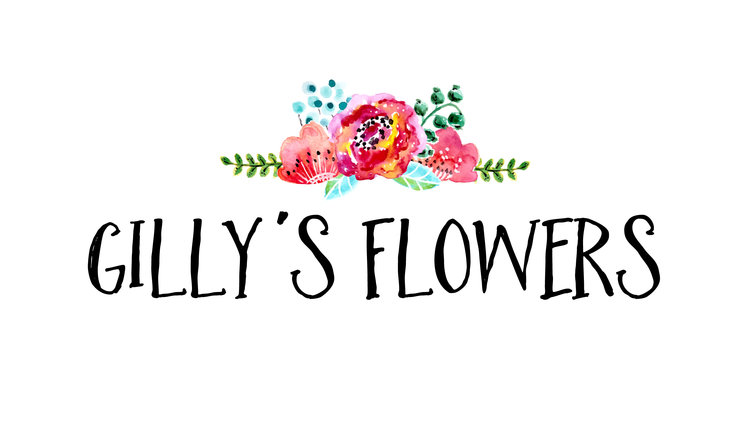So I survived the hottest day ever recorded in England. I’m not sure how - actually I do; lots of ice cream, with a little help from the air conditioner unit we bought the other year for my flower studio. I was incredibly lucky that I did not have a wedding booked for those scorching days, as the stress of keeping the blooms fresh but ready for the big day would have been incredibly difficult. Which got me to thinking that a little bit of advice on how to look after and care for your flowers might be quite useful. So, here goes…
You don’t need to be a florist to make your flowers look beautiful – they will do that on their own, but we also know that they have a limited life span. Some flowers last longer, such as carnations, chrysanthemum and lilies, whilst daffodils and sweet peas have a more limited shelf life. Whether you treat yourself to a bunch from the supermarket or you receive a surprise bouquet from your local florist, you will want to enjoy them for as long as possible. Here are my top 5 tips to help extend the life of your cut flowers.
Tip1 Water
Cut flowers drink a lot of water so do not be surprised if your vase is almost empty after a day or two. Keep the water topped up to ensure that the flowers do not wilt and change the water completely every 2 or 3 days. This will help to limit the amount of bacteria that builds up in the vase, which will help to keep the flowers fresh for longer. It also helps to avoid that rotten smell that develops when you leave stems sitting in the same water for a while.
Tip 2 Remove leaves
Remove any leaves that will be submerged in the water as they will quickly begin to decay, allowing bacteria to form in the vase. Repeat this every time you change the water.
Tip 3 Cut stems
Flower stems quickly seal up on their journey home which means it is difficult for them to absorb water. When you have prepped your vase with water, cut a couple of cm off the end of the stem at a 45 degree angle, using a sharp knife or scissors and place the flower straight into the vase. If you use blunt scissors, you may smash the end of the stem, which will stop it from taking up water. Cutting the stem at an angle means that it will not sit flat on the bottom of the vase, which encourages it to drink more. Repeat this process every time you change the water.
Tip4 Flower Food
If your bunch of flowers comes with a packet of lower food, then add it to the water. This will increase the life span of the flowers. If you happen to have a little stash of them, then add one each time you change the water. There are other options that some florists suggest such as a baby sterilizing tablet or aspirin, but professional flower food would be my go-to option. Generally, shop bought flowers come with ‘universal’ flower food, which means it is suitable for most types of flowers. However, there is more specific flower food sachets available for roses, lilies, bulbs etc. Also, be aware that a few blooms do not like that addition of flower food, specifically sunflowers and gladioli.
Tip 5 Location
It is very tempting to put your vase of lovely blooms in a prime location such as a sunny windowsill because that is exactly what the type of conditions that many plants in the garden thrive on. Cut flowers, however, are the complete opposite. When you buy them, they are at or nearly at their peak and a sunny, warm position will increase the speed of their maturity, meaning they won’t last as long. So, a cool darker spot will keep your flowers looking fresh for as long as possible. Also avoid cold draughts, near refuse and platters of fruit, especially apples and bananas. Ripening fruit gives off an odourless gas called ethylene. This gas is harmless to humans, but not to flowers. It’s all to do with Mother Nature and the life cycle of plants but, in essence, the flowers will decide they’d better drop their petals, ready to set seed for the following year. Not quite what you were hoping for when you put them on display.
Finally, after you throw out the last of your flowers, make sure that you thoroughly clean your vase in hot, soapy water, or your dishwasher. Bacteria builds up in a vase and does not disappear once a vase dries out. If you add water for a new bouquet, the bacteria continue to grow which shortens the lifespan of your blooms.






















